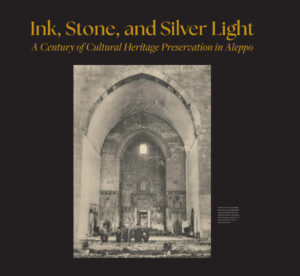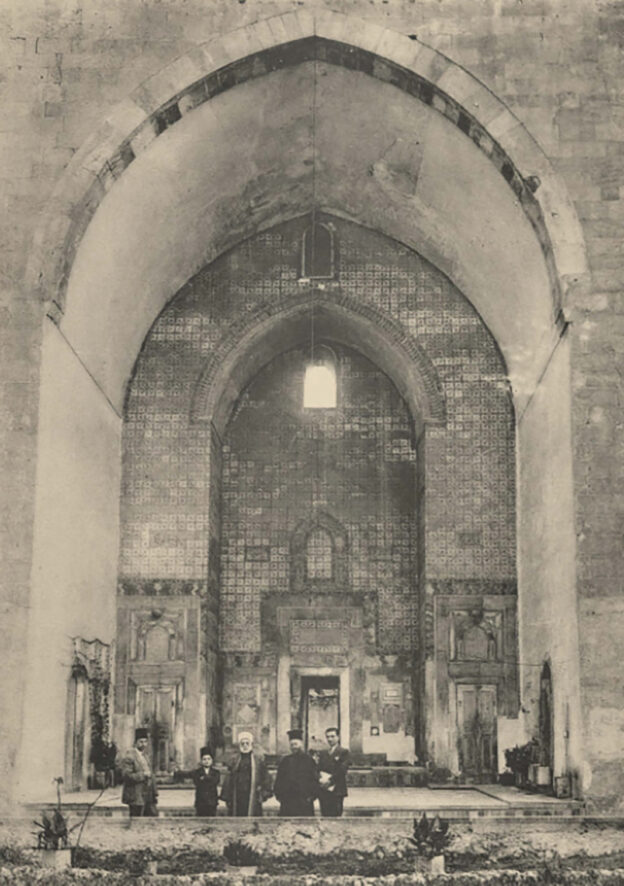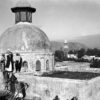A Century of Cultural Heritage Preservation in Aleppo
October 1, 2025 – December 11, 2025
Maihaugen Gallery, MIT
 Ink, Stone, and Silver Light, an exhibition curated by Rami Alafandi, is now on open to the public in the Maihaugen Gallery of the MIT Libraries. Drawing on archival materials from the Aga Khan Documentation Center at MIT (AKDC) to explore a century of cultural heritage preservation in Aleppo, Syria. It takes as its point of departure the work of Kamil al-Ghazzi (1853–1933), the pioneering Aleppine historian whose influential three-volume chronicle, Nahr al-Dhahab fi Tarikh Halab (The River of Gold in the History of Aleppo), was published between 1924 and 1926.
Ink, Stone, and Silver Light, an exhibition curated by Rami Alafandi, is now on open to the public in the Maihaugen Gallery of the MIT Libraries. Drawing on archival materials from the Aga Khan Documentation Center at MIT (AKDC) to explore a century of cultural heritage preservation in Aleppo, Syria. It takes as its point of departure the work of Kamil al-Ghazzi (1853–1933), the pioneering Aleppine historian whose influential three-volume chronicle, Nahr al-Dhahab fi Tarikh Halab (The River of Gold in the History of Aleppo), was published between 1924 and 1926.
Al-Ghazzi’s scholarship emerged during a time of profound political and social transformation—from the collapse of the Ottoman Empire to the rise of the French Mandate. More than being a chronicler, al-Ghazzi held civic and institutional roles that gave him intimate access to Aleppo’s waqf (endowment) records, neighborhood demographics, and urban economy. For al-Ghazzi, preserving the city’s architectural legacy meant safeguarding the social and financial systems that sustained it. He understood cultural heritage not as a fixed set of monuments, but as a living, evolving framework of community resilience.
Ink, Stone, and Silver Light presents three modes of documentation—manuscript, built form, and photography—through which Aleppo’s urban memory has been recorded and preserved. The exhibition features figures such as Michel Écochard and Yasser Tabbaa alongside al-Ghazzi, tracing overlapping efforts to capture the spirit of a city shaped by commerce, craft, and coexistence. Also featured are examples of scholarship from a new generation of Syrian scholars, artists, and archivists who, working across distances, carry forward this legacy, using every tool to safeguard the memory and heritage of their homeland. At a time when Syria again confronts upheaval and displacement, these archival approaches offer models for preserving the past while envisioning futures rooted in dignity, knowledge, and place.

